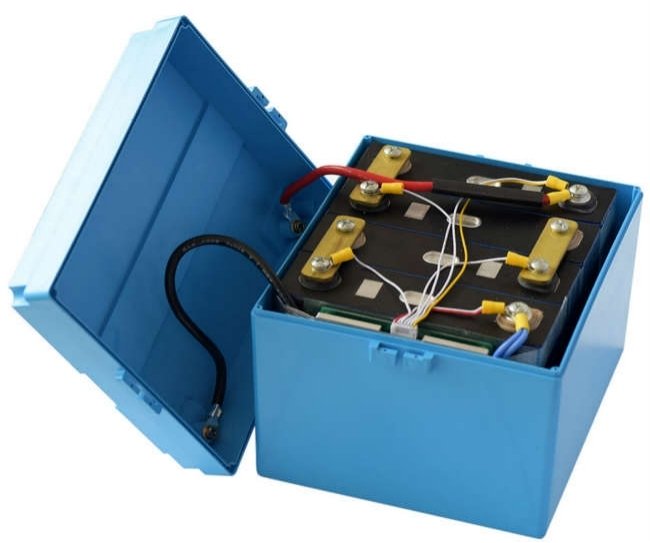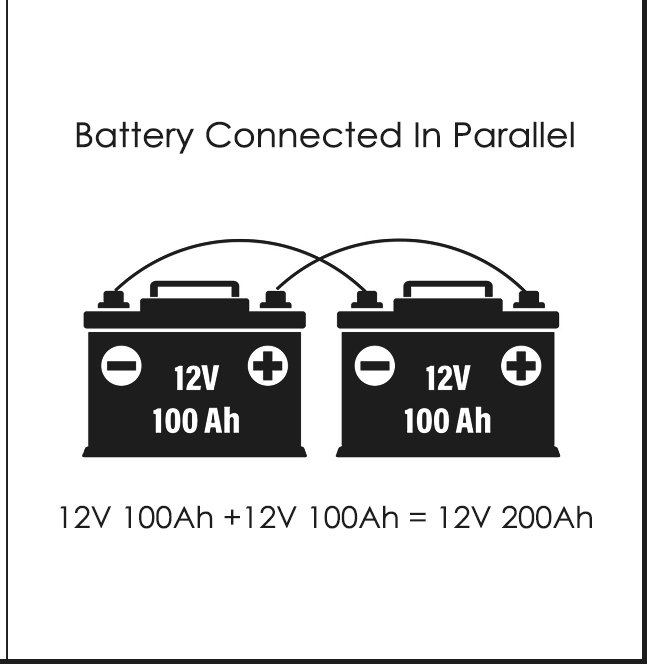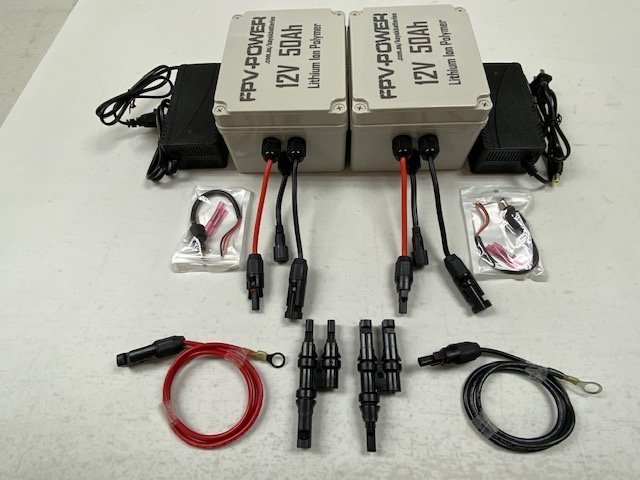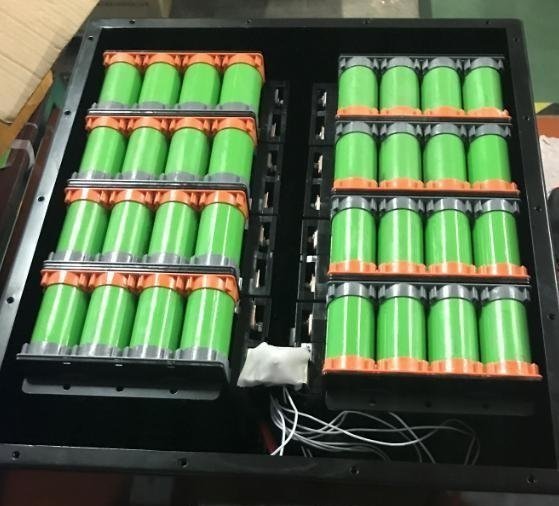Introduction
Can we have batteries that can give me more voltage or current? The answer is yes. Lithium batteries can be connected to generate more energy to run larger motors or extra capacity. This is called connecting the 12v 42ah Lifepo4 Battery in parallel. Connecting the lithium batteries in parallel is one way to increase the ampere-hours of a battery (i.e. How long can the battery run on a single charge). For example, if you connect our two 12v 10 Ah batteries in parallel, you will create a 12 V 20 amp hour battery. Since many small motors, solar panels, saloon cars, boats, and most household electronic devices run on 12 volts, this is a common method for manufacturing batteries that can last for a long time. For example, a sailboat captain who does long open water expeditions needs a long-lasting power system wired to 80 of our12v 42ah Lifepo4 Batteries in parallel to create an 800 Amp-hour battery. This allows him to run all his sailboat electronic devices for up to one month between recharges. 
The Characterizes of the Parallel Lithium Batteries
Voltage is constant, which increases the battery capacity, reduces the internal resistance, and prolongs the power supply time. The core content of parallel charging is the magnitude and effect of the parallel current. According to the theory of parallel connection, the current of the main circuit is equal to the sum of the currents of each branch. Therefore, the nth parallel lithium battery, which has been combined into a battery pack, should achieve the same charging efficiency as a single battery, and the charging current should be the sum of the currents of the n lithium polymer battery. Under the formula of ohm’s law: I = u/r, the design is reasonable. However, the internal resistance of the parallel batteries will also change. According to the formula of parallel internal resistance, the total internal resistance of the two parallel lithium batteries is equal to the ratio of the sum of the products of the two batteries’ internal resistance to their internal resistance. The parallel resistance will come along. The number of batteries connected in parallel will increase and decrease. Therefore, on the basis that the current is less than the sum of the currents of n parallel lithium batteries, the efficiency of parallel charging of lithium batteries can be realized. Sometimes, lithium car batteries can also play an important role.

Some Simple Rules to Set Up and connect the Lithium Batteries in Parallel
- First of all, when setting up the system, make sure that all batteries are fully charged separately, and have open-circuit voltage (this is the energy potential measurement between the positive and negative electrodes) after rest (at least 1 hour without charging) and when no loads are connected within 0.2 V.
- Secondly, make sure that the line you are using can carry a higher current. Remember, by connecting the tubular battery in parallel, you can keep the nominal voltage at 12 v, but it will increase the Ahr capacity, so the discharge and charging will be higher. Good wiring practice also means putting down the fuse on the anode side. Maintain the same length of the wiring between the batteries. If you have one or two cables that are longer than other cables, it will change the resistance within the battery pack.
- Thirdly, check again that all positives are connected, and all negatives are the same. Under no circumstances should the polarity be reversed, and the battery packs connected in series and parallel be avoided.
- Finally, make sure the new package is fully charged every three months. Remember that if you need to replace one battery in the pack then you will need to replace all batteries. Sometimes, the lithium battery price is also a very important factor.

How to Connect Lithium Batteries in Parallel Safely?
To sum up, we must mention here that before connecting batteries in parallel, three factors need to be considered.
- Never connect batteries with different chemical compositions. Whichever battery quits first will weigh down the performance of the other, and thus give you less use time. If one were to keep using this mix-and-match setup, both batteries would eventually become so unbalanced (more on cell balancing below) that they would essentially become unusable.
- It’s also preferable to use batteries with the same voltage and ampere-hour specifications. The simplest method is simply to connect two (or more) batteries of the same model (just like our lithium 12 v 10 Ah batteries). Things can get tricky if you’re wiring up batteries that have different battery management system electronics in them, and the permutations for what can happen are fairly wide. No matter what these results are different, you’ll eventually have extremely unbalanced cells, just like the previous one.
- Parallel connection achieves higher capacity by adding total ampere-hours (Ah).
- A weak battery will not affect the voltage, but the running time will be very short because of the reduced capacity. Short-circuited batteries could cause overheating and may cause a fire. On larger battery packs, fuses prevent large currents by isolating the batteries.
- Pay attention to the polarity when charging a secondary battery. Reversing the polarity can lead to a short circuit, which will lead to a dangerous situation.
- Only one charger can be used for two Batteries connected in parallel.
- When connecting in parallel, the battery capacity (ampere-hour) is doubled while maintaining the voltage of one of the batteries.

Conclusion
It’s important to understand how we connect lithium batteries in parallel and the impact on the performance of battery packs. It is vastly important in maximizing your lithium battery’s life and overall performance. Parallel lithium batteries can increase the total current. The first head of the battery is connected, and so is the tail. That is to say, the positive electrodes of all the batteries are connected and the negative electrodes of all the batteries are connected. The shunt voltage is equal to the voltage of a single battery, and the current is equal to the sum of the battery current. Although the battery life of the battery pack has been improved, the damage caused by the short circuit current is more serious.


It’s hard to come by knowledgeable people about this topic, but you sound like you know what you’re talking about! Thanks